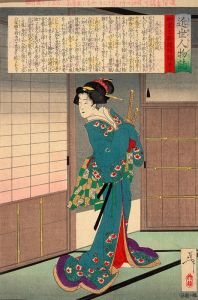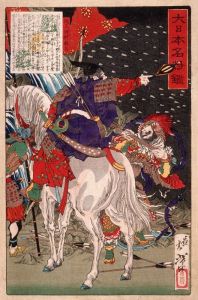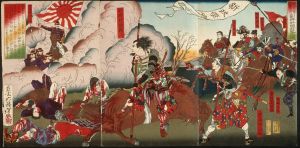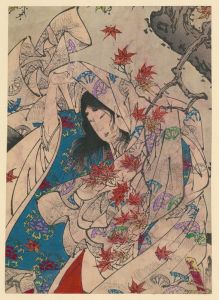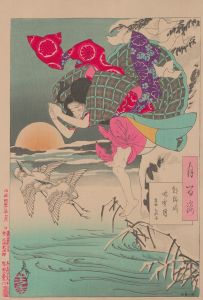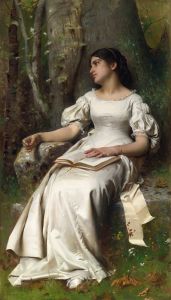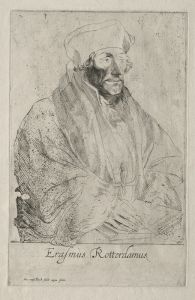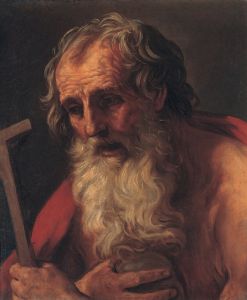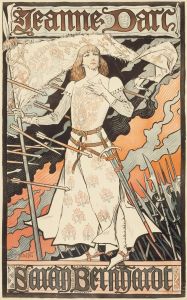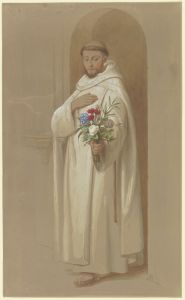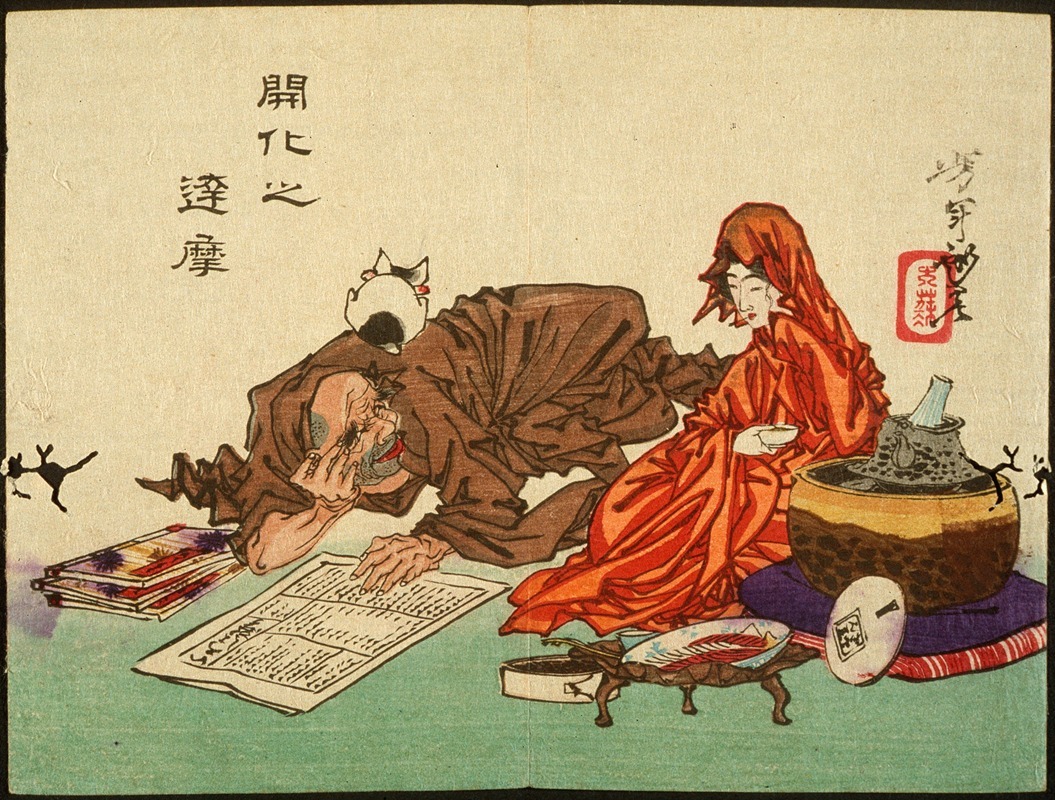
A Civilized Daruma
A hand-painted replica of Tsukioka Yoshitoshi’s masterpiece A Civilized Daruma, meticulously crafted by professional artists to capture the true essence of the original. Each piece is created with museum-quality canvas and rare mineral pigments, carefully painted by experienced artists with delicate brushstrokes and rich, layered colors to perfectly recreate the texture of the original artwork. Unlike machine-printed reproductions, this hand-painted version brings the painting to life, infused with the artist’s emotions and skill in every stroke. Whether for personal collection or home decoration, it instantly elevates the artistic atmosphere of any space.
Tsukioka Yoshitoshi (1839–1892) was a prominent Japanese ukiyo-e artist, widely regarded as one of the last great masters of this traditional woodblock printing and painting style. Among his many works, "A Civilized Daruma" is a notable example that reflects his innovative approach to art during the Meiji period (1868–1912), a time of significant cultural and societal transformation in Japan.
The artwork depicts Daruma, the founder of Zen Buddhism, in a somewhat unconventional manner. Traditionally, Daruma is portrayed as a stern and ascetic figure, often shown meditating or in a state of deep spiritual focus. However, Yoshitoshi's interpretation in "A Civilized Daruma" presents the figure in a more humorous and modernized light, reflecting the artist's creative engagement with both traditional themes and contemporary influences. In this piece, Daruma is dressed in Western-style clothing, a striking departure from his usual depiction in monastic robes. This choice likely reflects the rapid Westernization and modernization occurring in Japan during the Meiji era, as the country sought to integrate Western customs and technologies while grappling with its own cultural identity.
Yoshitoshi was known for his ability to blend traditional Japanese aesthetics with innovative and sometimes satirical elements, and "A Civilized Daruma" is a testament to this skill. The work exemplifies his interest in exploring the tensions between old and new, East and West, and the sacred and the mundane. By reimagining a revered religious figure in a contemporary and somewhat playful context, Yoshitoshi invites viewers to reflect on the evolving nature of cultural and spiritual traditions.
As with many of Yoshitoshi's works, "A Civilized Daruma" was created using the woodblock printing technique, which involves carving an image into a wooden block, applying ink, and pressing it onto paper. This method allowed for the production of multiple copies, making ukiyo-e prints widely accessible to the public. While the exact date of this particular work's creation is not definitively documented, it is consistent with Yoshitoshi's broader body of work during the late 19th century.
Today, "A Civilized Daruma" is appreciated not only for its artistic merit but also for its historical significance as a reflection of Japan's cultural transition during the Meiji period. It serves as an example of how traditional art forms like ukiyo-e adapted to the changing times, offering insight into the complex interplay between tradition and modernity in Japanese society.






